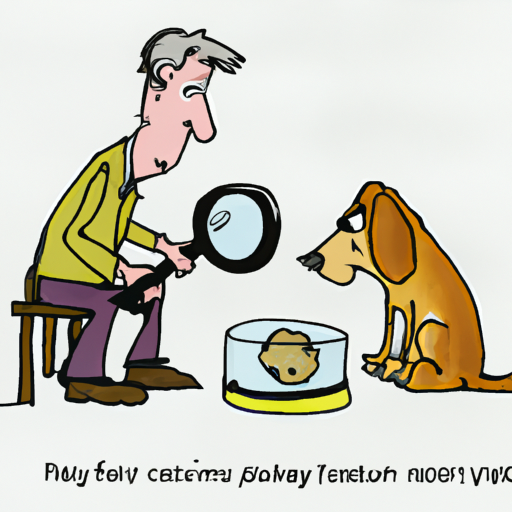In this article, we delve into the world of our canine friends to understand one of the common health issues they face – yeast infections. By the end of this piece, you will not only understand what causes yeast infections in dogs, but also how to prevent and manage them.
Understanding Yeast Infections in Dogs
Firstly, it’s important to know that yeast is a type of fungus, specifically Candida, which is normally present on your dog’s body, especially on their skin and ears. When the conditions are just right, this yeast can overgrow and lead to an infection. This can cause your furry friend to suffer from constant itching, leading to discomfort and distress.
Causes of Canine Yeast Infections
Several factors can contribute to the overgrowth of yeast in dogs. They include:
- Allergies: Allergies to food or environmental triggers can cause the immune system to react, leading to yeast overgrowth.
- Hormonal Imbalance: Certain health conditions can lead to hormone imbalances which in turn can trigger yeast overgrowth.
- Antibiotics: These medications can kill off the beneficial bacteria, allowing yeast to multiply unchecked.
Symptoms of Yeast Infections in Dogs
If you notice your dog scratching excessively, there’s a chance it could be a yeast infection. Other symptoms include:
- Redness and inflammation
- Sores and lesions
- Greasy skin
- Foul smell
Treating and Preventing Yeast Infections in Dogs
Treatment
Treatment usually involves a combination of topical treatments, oral medication, and in some cases, a change in diet. Always consult with your vet for the best course of action.
Prevention
Preventive measures include:
- Regular grooming
- Healthy diet
- Regular exercise
- Avoiding allergenic triggers
Frequently Asked Questions
1. Can I treat my dog’s yeast infection at home?
While some mild cases may improve with over-the-counter treatments, it’s always best to consult a vet for proper diagnosis and treatment.
2. Can human yeast infection creams be used on dogs?
While some creams may be safe, others can be toxic to dogs. Always check with your vet before using human medication on your dog.
3. What can I do to prevent my dog from getting yeast infections?
Maintaining a healthy lifestyle, including a balanced diet, regular exercise, and grooming can help prevent yeast infections.
Remember, as a caregiver, your pet’s health is in your hands. Stay informed, stay vigilant, and never hesitate to seek professional help when needed.



